We like to think of Mosaic as a form of “puzzle art“ – which has traditionally been used in decorating both interior and exterior spaces. The art of mosaic work has remained mostly unchanged since their origins in Mesopotamia – between 4,000 to 5,000 years ago. The art evolved and added beauty and colour to walls, ceilings, floors and walkways. Mosaic patterned pavements were developed with the skill craftsmen of the Roman Empire from where the art form found its way across Europe, depicting basic geometric patterns to scenes from everyday life to heroic tales and myths.
About Mosaic Art
Mosaic is the art of creating images and patterns on a flat surface – such as a wall or a path or pavement using small coloured pieces of glass, marble, ceramic or other materials – embedding them in a bed of cement or plaster using adhesive. Because mosaics are long–lasting and hard-wearing they are also known as “eternal pictures.”
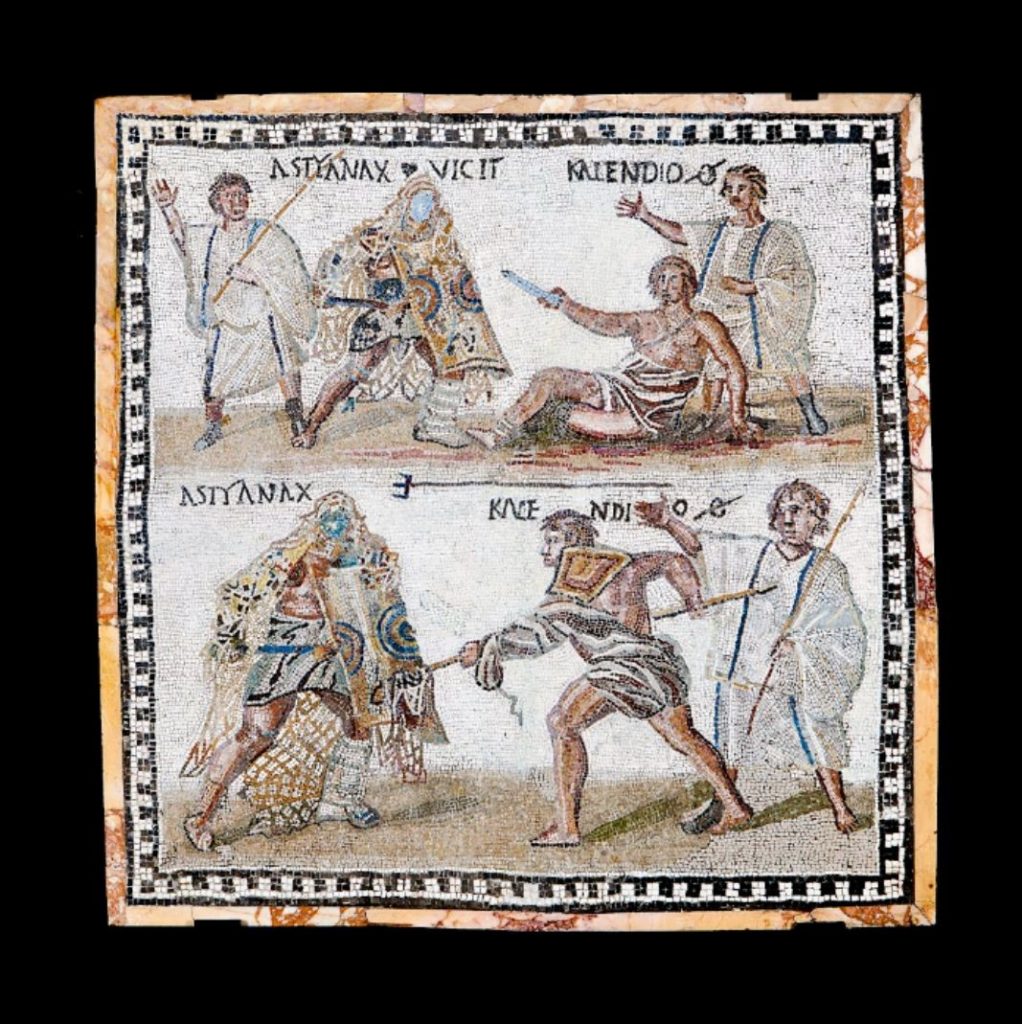
Evolution of Mosaic Art
The advent of Islam in the 7th century AD led to a change in Mosaic Art themes and motifs – with the creation of stunning geometric and abstract designs used to express their faith – particularly during Moorish rule in Spain.
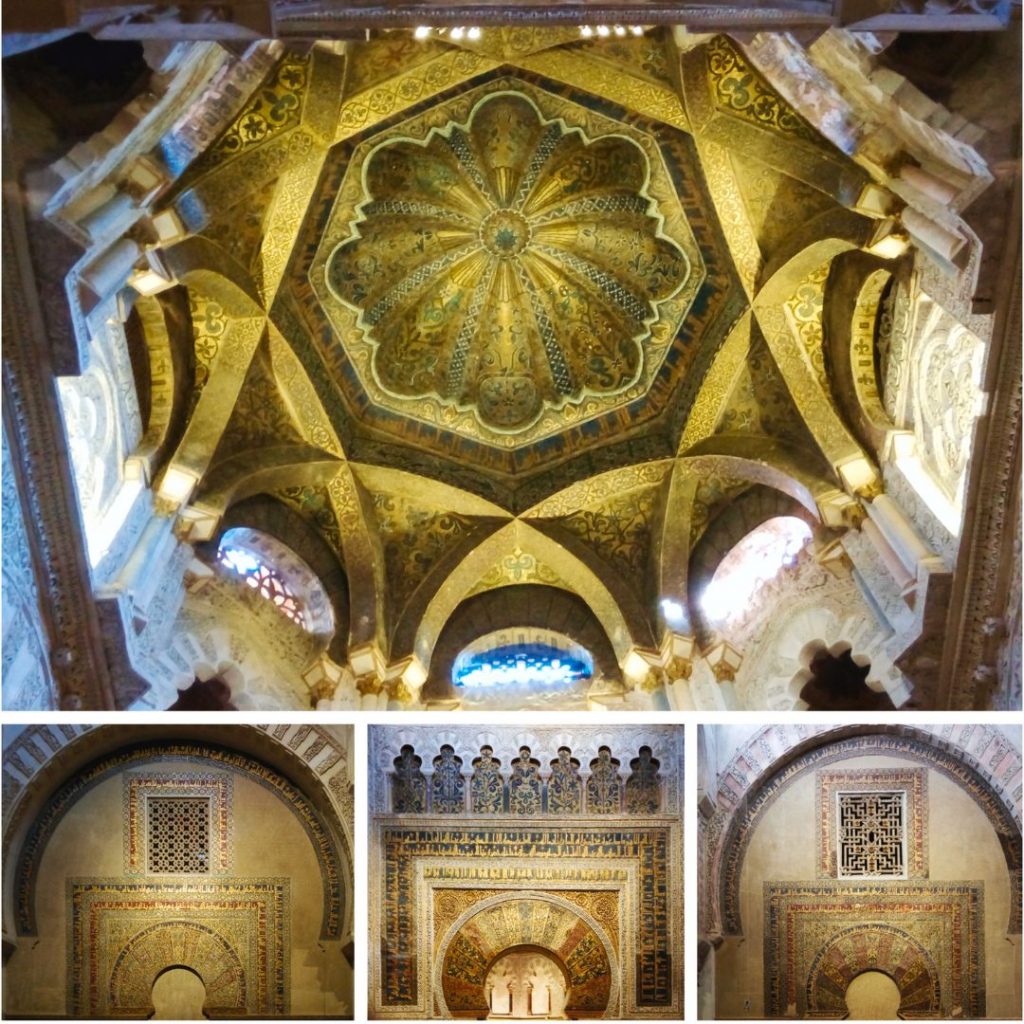
During the Renaissance – artists began to paint frescoes on walls and ceilings – and Mosaic Art declined in popularity – but during the Age of Enlightenment – the art was revived. During this time – mosaic art works were so incredibly detailed that they looked like paintings.
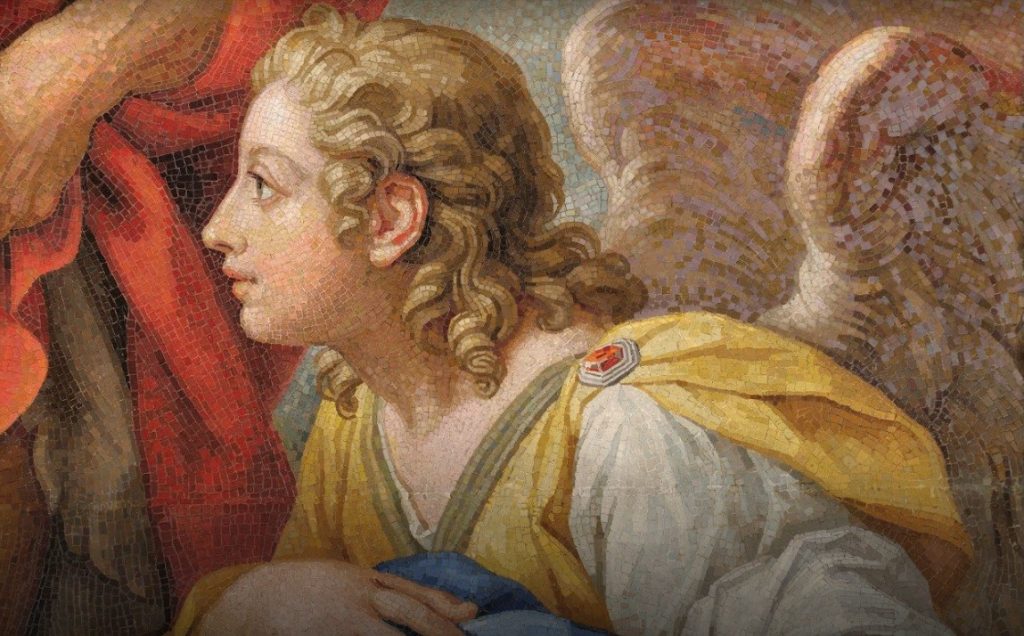
Mosaic art underwent a revival in the second half of the 19th century – when many public buildings were decorated with mosaic-patterns and pictures.
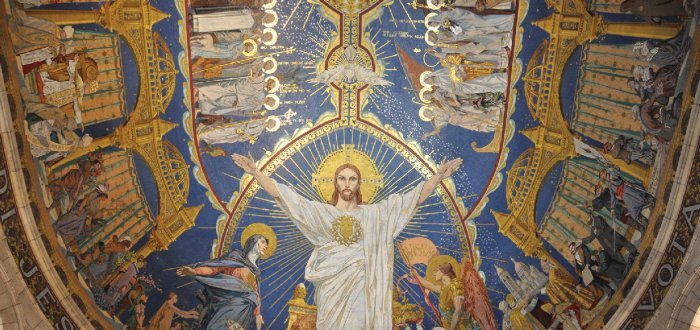
From then until the 20th century – mosaic art evolved and grew to include curved lines depicting plants and flowers. Artists used broken brightly coloured ceramic pieces upcycled from nearby factories to cover urban structures.
Mosaic Art Today
Today – street artists in France are using mosaic art to “hack” public spaces inspired by graphics from old-school video games. Unlike Roman mosaics – these are not just restricted to the homes of the wealthy few but are there for all to enjoy.
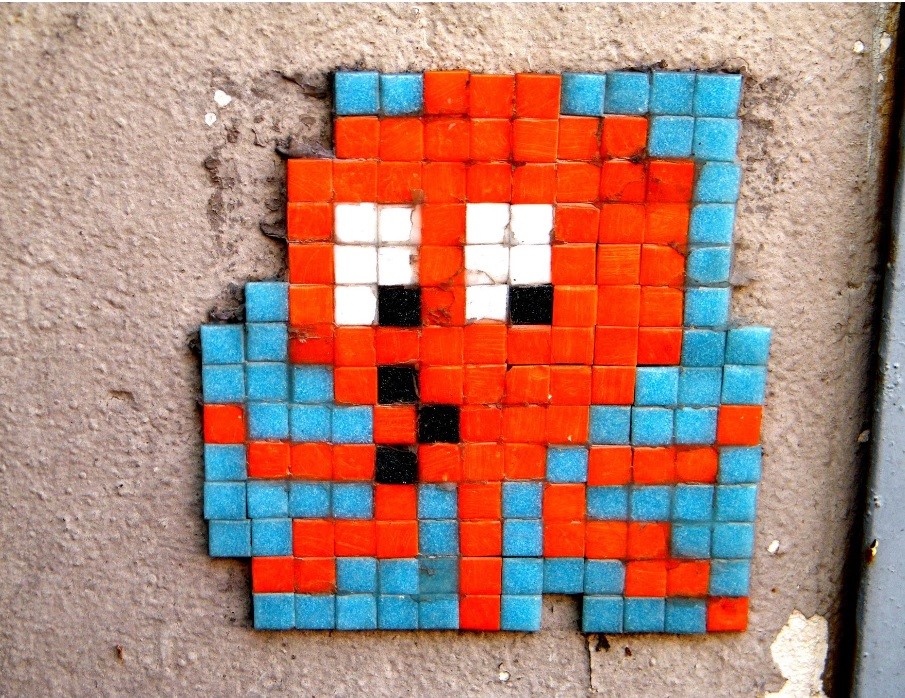
Contemporary Mosaic Art Expressions
There aren’t too many practitioners of Mosaic Art today – especially when it comes to large artworks ad projects – because of its detailed and highly technical nature. However – there is rising awareness about Mosaic Art which has led to the creation of mosaic art projects in public spaces
Mosaic Art is taught informally as a hobby – and not as structured subject in art schools. Artisans are using mosaic art on garden planters, tables, wall panels and more. Architects and interior designers are realising the uniqueness and potential and are creating mosaic floors and wall designs, too.
Mosaic Art on World Art Community
It gives great pride to be able to play our part in encouraging our partner artisans to create wall art, wall installations, furniture and more using Mosaic Art. Explore their artistry and work here
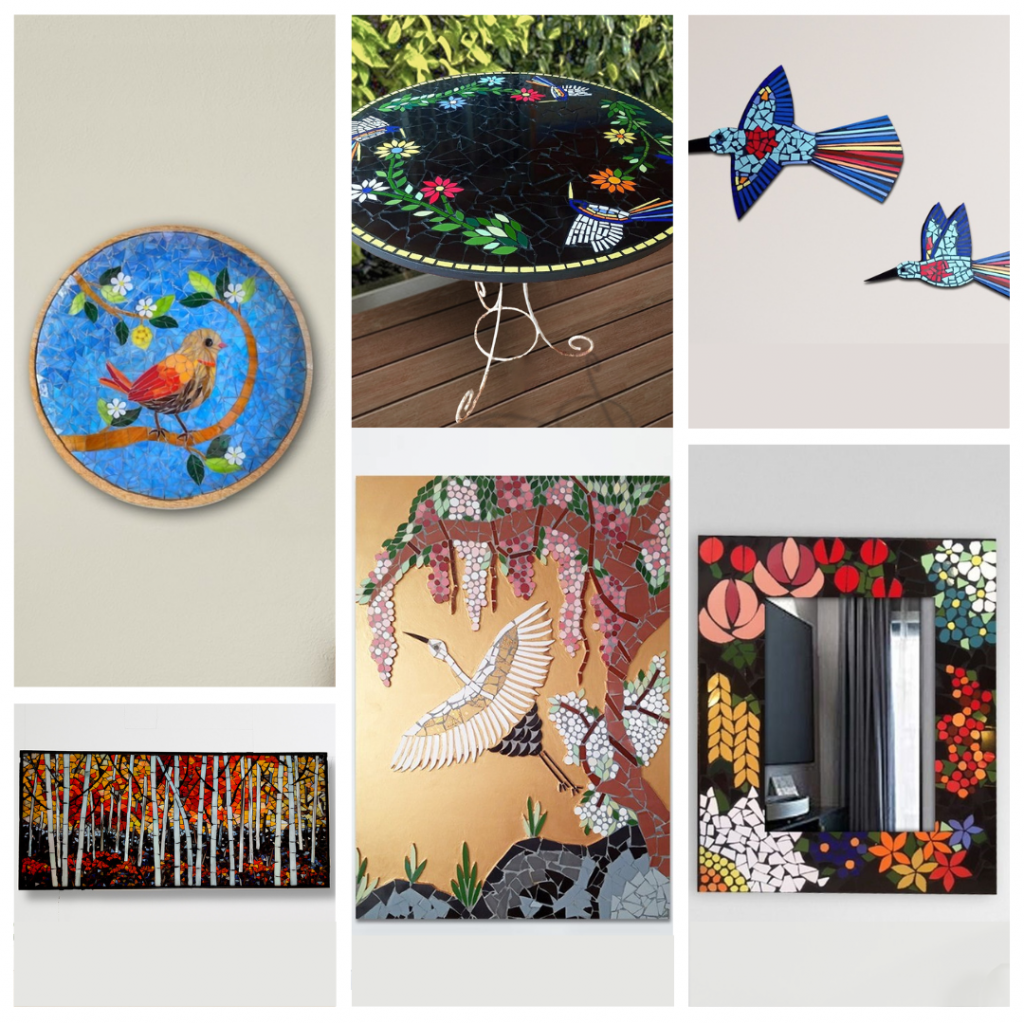
Image Credits:
The Gladiator Mosaic https://artsandculture.google.com/asset/gladiator-mosaic/hgEfaF45lh1KfA?hl=en
Mosaic Art at the Grand Mosque at Cordoba https://www.sciencedirect.com/science/article/pii/S0305440321000406
https://artsandculture.google.com/story/a-history-of-mosaics/UwWhKfBMxsR5KQ?hl=en
An archangel at the “Baptism of Christ” https://artsandculture.google.com/story/a-history-of-mosaics/UwWhKfBMxsR5KQ?hl=en
Byzantine style mosaics in the Sacre-Coeur Basilica, Paris
https://www.sacre-coeur-montmartre.com/english/history-and-visit/article/the-apse-mosaic
Contemporary Mosaic Art in the streets of Paris https://artsandculture.google.com/story/a-history-of-mosaics/UwWhKfBMxsR5KQ?hl=en
